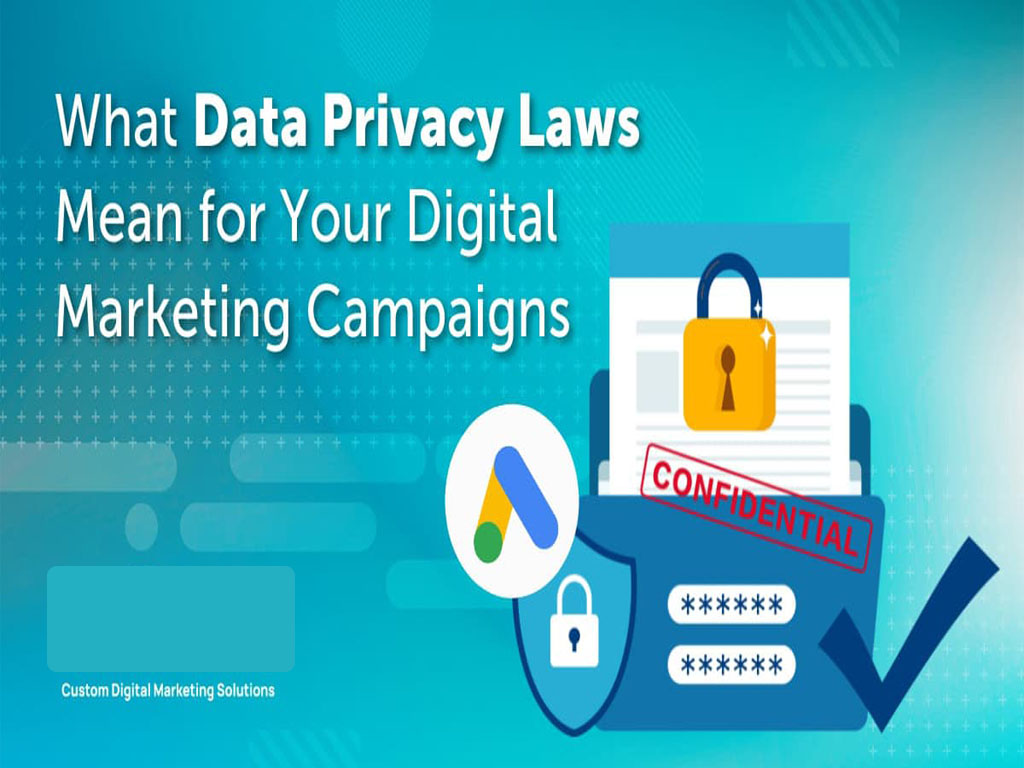In today's digital landscape, privacy concerns have moved from the periphery to the center of marketing strategy discussions. With the proliferation of data regulations like GDPR, CCPA, and their global counterparts, businesses must adapt to a new reality: one where consumer privacy expectations are higher than ever, and the penalties for non-compliance are substantial.
At Yet To Start, we believe that privacy-first marketing isn't just about compliance—it's an opportunity to build deeper trust with your audience. In this comprehensive guide, we'll explore actionable strategies to thrive in this new privacy-conscious environment while maintaining marketing effectiveness.
The Evolving Privacy Landscape
Recent Regulatory Developments
The past few years have witnessed an acceleration in privacy legislation worldwide:
- GDPR enhancements: The EU continues to refine implementation and increase enforcement actions
- CCPA evolution into CPRA: California's expanded regulations now include employee data
- Global expansion: From Brazil's LGPD to India's PDPB, privacy regulations now cover most major markets
- Industry-specific regulations: Healthcare, finance, and education sectors face additional compliance requirements
These changes reflect a fundamental shift in how society views digital privacy—not as a luxury but as a fundamental right.
Key Privacy-First Marketing Strategies
1. Embrace First-Party Data Collection
With third-party cookies phasing out and tracking limitations increasing, first-party data has become marketing gold. This is information your audience willingly shares directly with you.
Implementation tips:
- Develop value exchanges that make data sharing worthwhile
- Create interactive tools that provide utility while collecting data
- Use progressive profiling to gather information gradually
- Implement preference centers where users can control their data
Case study: A B2B software company increased lead quality by 37% by replacing gate forms with interactive assessment tools that provided immediate value to users while collecting first-party data.
2. Adopt Zero-Party Data Strategies
Zero-party data—information customers intentionally and proactively share with you—takes first-party data a step further.
Implementation tips:
- Create quizzes and interactive content that collects preferences
- Develop customer surveys with clear value propositions
- Implement feedback mechanisms across customer touchpoints
- Use conversational marketing to engage customers directly
Case study: A skincare brand saw a 42% increase in conversion rates by implementing personalized product recommendations based on zero-party data from interactive skin assessments.
3. Prioritize Contextual Targeting
As behavioral targeting becomes more restricted, contextual targeting is experiencing a renaissance.
Implementation tips:
- Focus on placing ads in contextually relevant environments
- Use semantic analysis to understand content themes
- Develop creative that resonates with specific content categories
- Measure performance based on context, not just audience
Case study: A financial services provider achieved 2.3x better engagement rates by shifting budget from behavioral to contextual targeting on premium financial content sites.
4. Implement Privacy-Enhanced Measurement
Measurement challenges are among the most significant hurdles in privacy-first marketing.
Implementation tips:
- Adopt privacy-preserving analytics tools
- Implement server-side tracking where appropriate
- Use aggregated and anonymized data for analysis
- Develop incrementality testing methodologies
- Explore machine learning for attribution modeling
Case study: A retail brand maintained 93% of its attribution accuracy while reducing personal data collection by 67% through implementing privacy-enhanced measurement techniques.
5. Build Privacy into Your Brand Identity
Leading brands recognize that privacy can be a competitive advantage.
Implementation tips:
- Communicate privacy policies in clear, accessible language
- Highlight privacy features in your product marketing
- Train customer-facing teams on privacy practices
- Develop privacy-focused content that educates your audience
Case study: A cloud software provider saw enterprise deal closure rates increase by 18% after prominently featuring their privacy and security credentials throughout their marketing materials and sales process.
Common Challenges and Solutions
Challenge 1: Maintaining Personalization Without Invasive Tracking
Solution: Focus on contextual relevance and explicit personalization. Use the data users have willingly shared to create experiences that feel tailored without crossing privacy boundaries.
Challenge 2: Cross-Channel Attribution
Solution: Implement privacy-preserving identity solutions and focus on incrementality testing rather than perfect attribution. Accept some "dark traffic" as an inevitable part of the privacy-first world.
Challenge 3: International Compliance
Solution: Design for the most stringent requirements first, then adapt locally where necessary. Consider privacy compliance as a baseline, not a ceiling—exceeding minimum requirements builds trust.
Challenge 4: Legacy Systems and Processes
Solution: Conduct a privacy impact assessment across your marketing technology stack. Create a prioritized roadmap for updates, focusing first on high-risk areas.
Privacy-First Marketing Technology Stack
Building a privacy-compliant martech stack requires careful consideration:
- Customer Data Platforms (CDPs) with robust consent management
- Server-side tag management to reduce client-side data collection
- Consent Management Platforms (CMPs) that go beyond basic compliance
- Analytics tools designed with privacy preservation in mind
- Customer engagement platforms that integrate consent across channels
Future-Proofing Your Privacy Strategy
The privacy landscape will continue to evolve. To stay ahead:
- Monitor regulatory developments across your operating markets
- Participate in industry standards groups shaping the future of privacy
- Develop internal privacy expertise across marketing and technology teams
- Create governance frameworks for evaluating new marketing technologies
- Engage with privacy advocates to understand emerging concerns
Conclusion: Privacy as Opportunity
While privacy regulations may initially seem restrictive, they ultimately push us toward better marketing—marketing built on trust, transparency, and genuine value exchange.
At Yet To Start, we've seen our clients transform privacy challenges into opportunities to differentiate their brands and deepen customer relationships. The brands that will thrive in this new era are those that see privacy not as a compliance burden but as a core component of their customer experience.
The future of marketing isn't about knowing everything about your customers—it's about earning the right to engage them through respect, relevance, and reciprocity.
Ready to implement privacy-first marketing in your business?
Our team at Yet To Start can help you navigate the complex privacy landscape while building stronger customer relationships.
Contact Us For a Consultation
